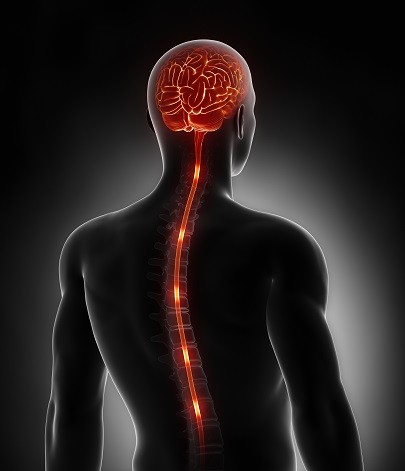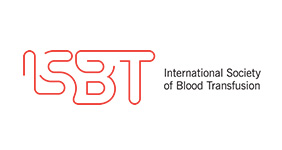Regeneration of spinal nerve cells boosted
UT Southwestern Medical Center researchers successfully boosted the regeneration of mature nerve cells in the
spinal cords of adult mammals -- an achievement that could one day translate into improved therapies for patients
with spinal cord injuries.
"This research lays the groundwork for regenerative medicine for spinal cord injuries. We have uncovered critical molecular
and cellular checkpoints in a pathway involved in the regeneration process that may be manipulated to boost nerve cell
regeneration after a spinal injury," said senior author Dr. Chun-Li Zhang, Associate Professor of Molecular Biology at UT
Southwestern. Dr. Zhang cautioned that this research in mice, published today by Cell Reports, is still in the early
experimental stage and is not ready for clinical translation.
"Spinal cord injuries can be fatal or cause severe disability. Many survivors experience paralysis, reduced quality of life,
and enormous financial and emotional burdens," said lead author Dr. Lei-Lei Wang, a postdoctoral researcher in
Dr. Zhang's lab whose series of in vivo (in a living animal) screens led to the findings.
Spinal cord injuries can lead to irreversible neural network damage that, combined with scarring, can ultimately
impair motor and sensory functions. These outcomes arise because adult spinal cords have very limited ability to
regenerate damaged neurons to aid in healing, said Dr. Zhang, a W.W. Caruth, Jr. Scholar in Biomedical Research
and member of the Hamon Center for Regenerative Science and Medicine.
Dr. Zhang's lab focuses on glial cells, the most abundant non-neuronal type of cells in the central nervous system.
Glial cells support nerve cells in the spinal cord and form scar tissue in response to injury. In 2013 and 2014,
the Zhang laboratory created new nerve cells in the brains and spinal cords of mice by introducing transcription
factors that promoted the transition of adult glial cells into more primitive, stem cell-like states, and then coaxed
them to mature into adult nerve cells.
The number of new spinal nerve cells generated by this process was low, however, leading researchers to focus on
ways to amplify adult neuron production.In a two-step process, researchers first silenced parts of the p53-p21 protein
pathway that acts as a roadblock to the reprogramming of glial cells into the more primitive, stem-like types of cells with
potential to become nerve cells. Although the blockade was successfully lifted, many cells failed to advance past the stem
cell-like stage. In the second step, mice were screened for factors that could boost the number of stem-like cells that
matured into adult neurons. They identified two growth factors -- BDNF and Noggin -- that accomplished this goal,
Dr. Zhang said. Using this approach, researchers increased the number of newly matured neurons by tenfold.
"Silencing the p53-p21 pathway gave rise to progenitor (stem-like) cells, but only a few matured. When the two growth
factors were added, the progenitors matured by the tens of thousands," Dr. Zhang said. Further experiments that looked for
biomarkers commonly found in nerve cell communication indicated that the new neurons may form networks, he added.
"Because p53 activation is thought to safeguard cells from undergoing uncontrolled proliferation, as in cancer, we followed
mice that had temporary inactivation of the p53 pathway for 15 months without observing any increased cancer risk in the
spinal cord," he said. "Our ability to successfully produce a large population of long-lived and diverse subtypes of
new neurons in theadult spinal cord provides a cellular basis for regeneration-based therapy for spinal cord injuries.
If borne out by future studies,this strategy would pave the way for using a patient's own glial cells, thereby avoiding
transplants and the need for immunosuppressive therapy," Dr. Zhang said.
Other UT Southwestern authors included postdoctoral researcher Dr. Wenjiao Tai and senior research scientist
Yuhua Zou, both of Molecular Biology and the Hamon Center, as well as former UTSW visiting instructor Dr. Zhida Su,
with the Instituteof Neuroscience and the Second Military Medical University of Shanghai, China. A researcher from
Indiana University School of Medicine also participated.
Source: UT Southwestern Medical Center via www.sciencedaily.com
UT Southwestern Medical Center 4 October 2016










































































